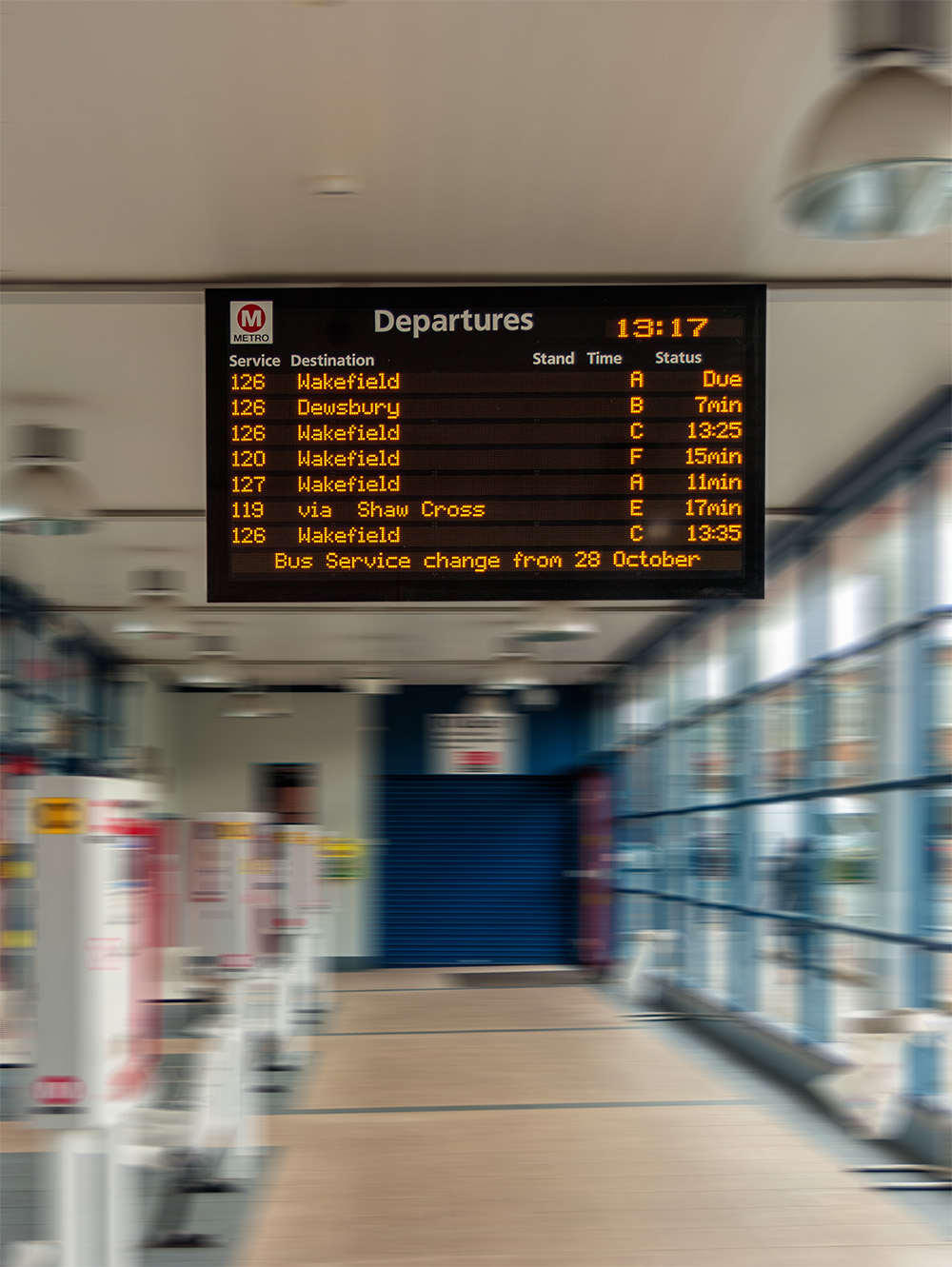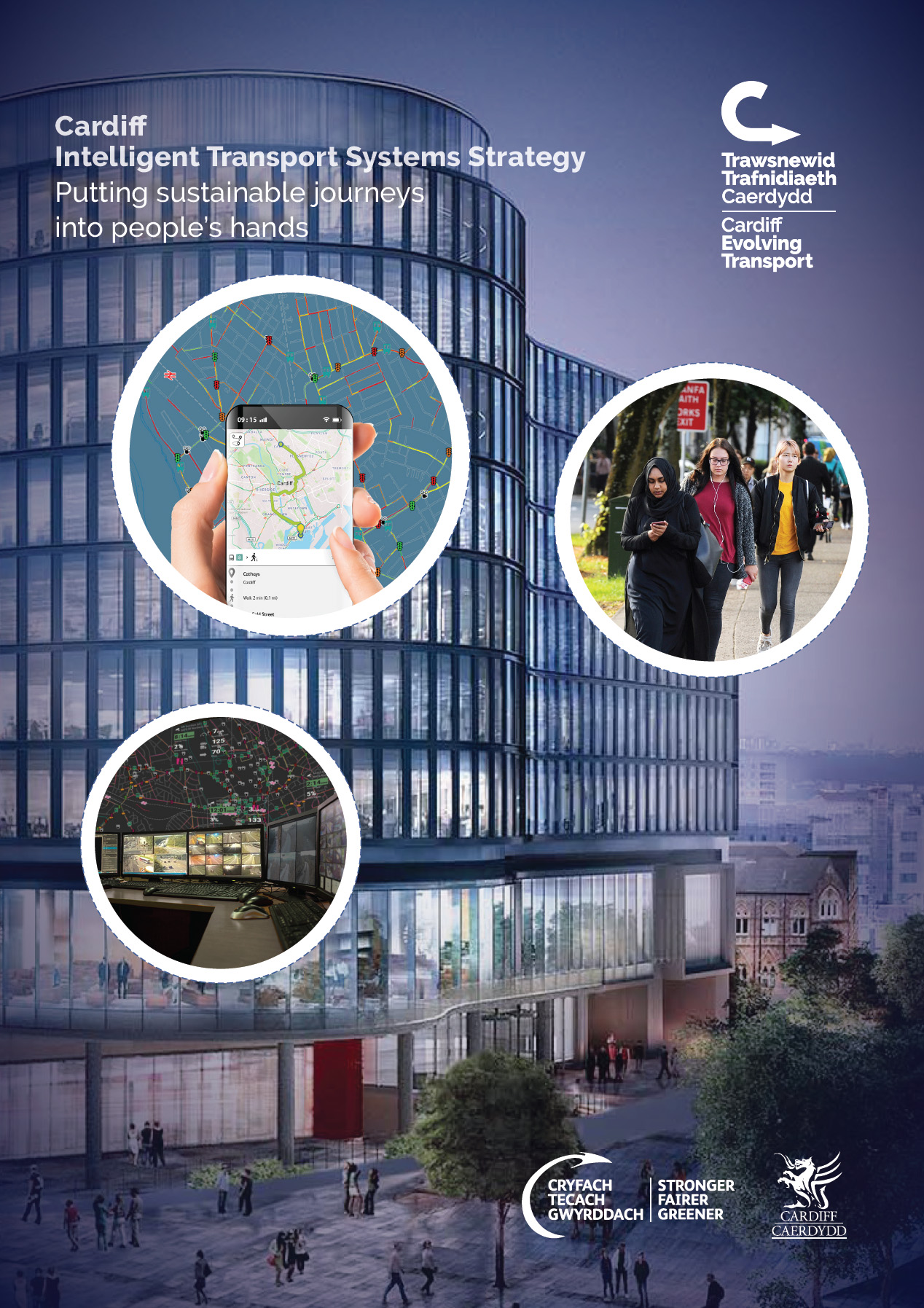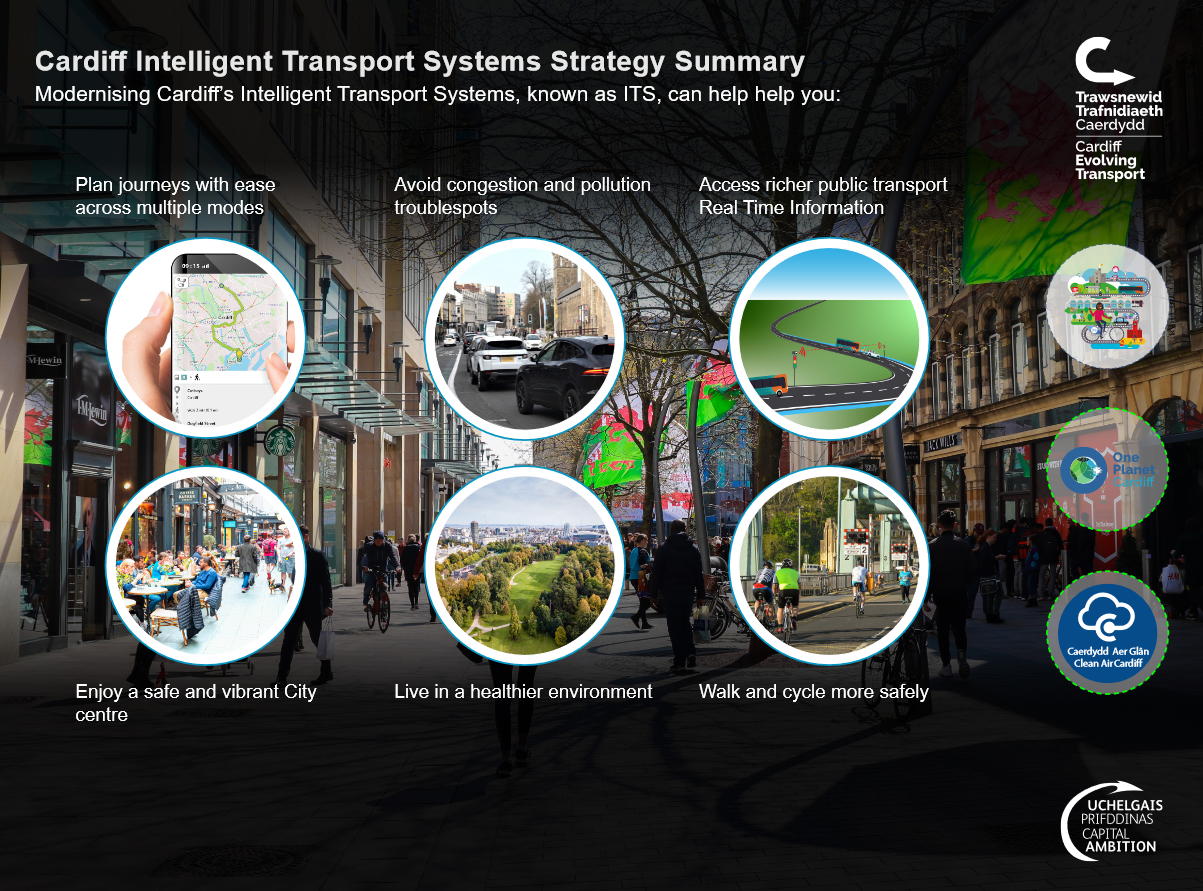Services
Technical service design
Increase the success of new products and services by aligning their development to meet stakeholder needs
how we can help
We help you prioritise what matters most

Insights you can act on
Whilst you may already have ideas about who you need to engage with in research for a new product or service and want their contributions, it can be time-consuming and stretch your resources to tease out the key insights that will benefit your project.
We do the heavy lifting: the questioning and listening and produce a record of each stakeholder event across policy, technical and commercial teams. Then we analyse the findings and provide you with a clear, compelling story of the priorities that your team needs to address to align priorities with user needs to enable successful project delivery.
Our work spans the production of technology strategies, costed options studies, market engagement activities and preparing technical specifications for procurement.
Gather
We run stakeholder engagement consultations and prepare an easily accessed record of these which captures both what was said and the context and experiences that informed stakeholder responses.
This will help you to understand stakeholder priorities and home in the needs, challenges and opportunities that a future-state solution might have on those who matter most to its future success.
Analyse
Using a variety of mapping tools, we review, categorise and co-ordinate stakeholder responses.
In parallel, we will explore the findings with technical, policy and commercial expertise in your team.
We refine the process to reveal a set of key themes which connect the stakeholder needs with technical and commercial aspects.
Convey
We translate these findings into various documents and presentation formats depending on audience needs.
We convey the key findings, and inspire action across client, technical, commercial and policy disciplines. The outputs we produce can range from options studies to detailed technical requirements specifications and informed support for your commercial and legal teams.
Our goal is to shape the solution which best meets client, stakeholder and delivery team needs to maximise project success.

Case Study 1
Bus Real Time Information System Reprocurement
1. Evaluate current system
The RTI systems at Transport for West Midlands and West Yorkshire Combined Authority were nearing the end of their contract life. Our stakeholder engagement exercise helped document the features of the current system, along with the authority’s needs for the future.
2. Analyse market capability
Our workshop with product and service providers in the market helped us understand how the authority’s needs might be met. It also revealed some gaps that would need to be considered in the development of different options for a new service.
3. Compile options
Our Options Study drew the research findings into a series of options, indicating how each performed against technical, financial, and policy criteria.
Our recommended option helped the authority make the the case internally for the best route forward.
4. Market engagement
With the preferred option confirmed, we led a market engagement exercise with service providers interested in bidding for this work.
This helped raise awareness of client needs, and the chance to ask questions and clarify understanding between all.
5. Prepare procurement documents
Our technical specification was designed to maximise value from the preferred option and market capability.
We liaised closely with the procurement and technical teams in each authority to help ensure a comprehensive and effective suite of documents that would support them in running the procurement process.
6. Support contract transition
For West Yorkshire Combined Authority, we are retained in a support role to aid transition into the new service contract.


Case Study 2
Design and management of Cardiff's ITS Strategy for Cardiff Council
Overview
We have developed an ITS and Smart Corridors Strategy to integrate future technology into Cardiff’s network management service. This takes a holistic and coordinated approach to realise quantified benefits that meet user needs and policy objectives.
Information gathering
We documented existing systems and processes, benchmarked Cardiff against comparable cities, and engaged with the Council’s network management team who will run the future enlarged service.
Approach
Recognising the diversity in the transport technology solutions market, our delivery solution takes a test and learn Living Lab approach to encourage competition and innovation along the City’s main corridors and in the central hub. We are now project managing the roll out of the corridors, working with traffic engineering company SG Transport Innovation. The corridors and hub are run on Yunex Infrastructure and are FUSION-ready – a predictive and responsive traffic management solution jointly developed with TfL.
Benefits
Digital network management technology supporting a highways authority’s vision for transport to enable the city to deliver its transport objectives. The ITS Strategy aims to meet challenging future transport requirements and technology developments based on the intelligent use of data and digital services.